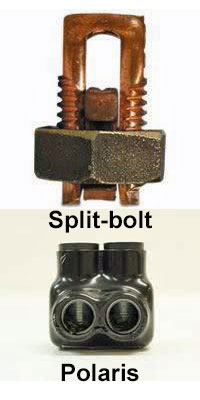Run a wire from the chassis of the generator to the ground rod. Most instructions recommends an earth ground. When I ran a generator for several days after a hurricane, I clamped a wire to a long screw driver and inserted it into the damp ground. The important thing is the ground potential is the same between the appliances, generator and the actual earth ground. If you unplug a device and plug it to the generator, you do not need to worry about the neutral between the generator and your electric panel. I would not use a subpanel. Just run a 12/3 to separate outlets to where you want to power up on the generator. Some generators have a built in GFI’s and breakers so just check. If there are no breakers then a subpanel is needed.
I did a reply about a year ago about running these “unregulated” generators. Do not expect to run run heavy appliances with large motors. My 5500 watt unit would not let the washing machine go into spin. After several days the refrigerator was not holding temperature, each day it got warmer. But a cool refrigerator is better than a warm one. I use my generator when needed for the refrigerator, Tv, a few lights and fans. It’s usually very hot after a hurricane. A small 5k window AC unit may work. When dealing with inductive loads (motors) it is not a simple ohms law calculation.
If you need to run a furnace for heat I would try the generator connected to your heating plant to see how it runs. If you’re serious about having a power backup generator, the Kohler stationary generators is the only way to do it. It auto turns on and transfers the load. If you price these units they are not as expensive you might think for the quality and benefits. The install you probably can do but be sure to get a permit.

